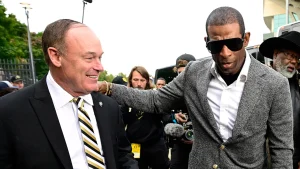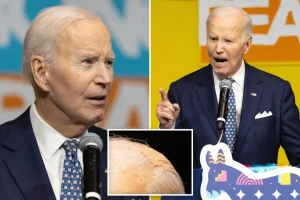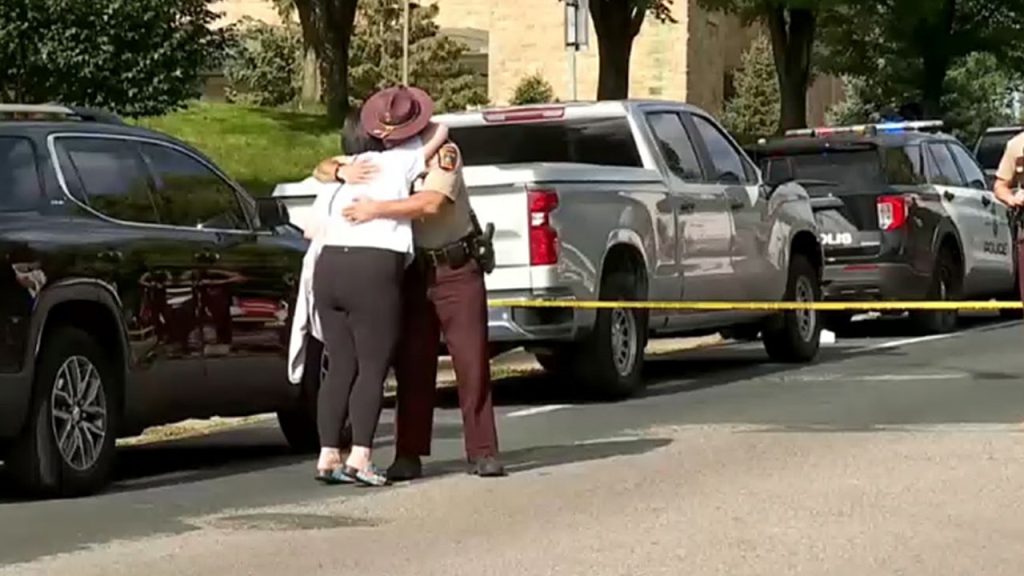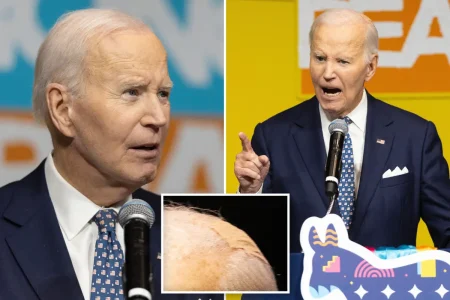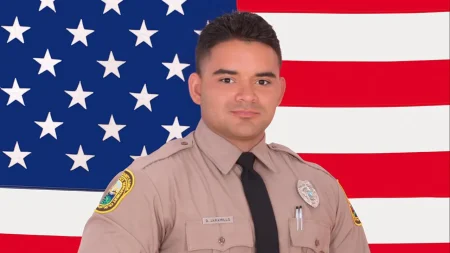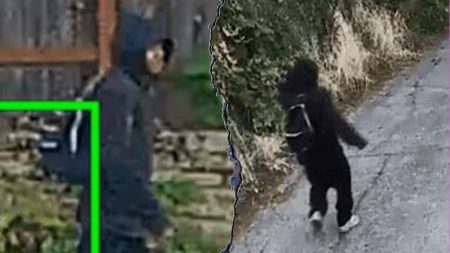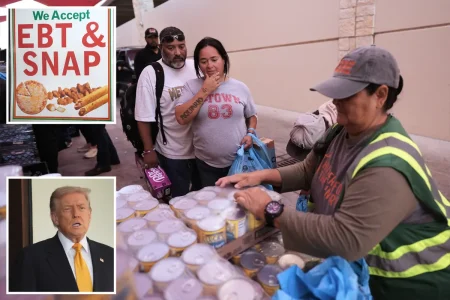Tragedy at Minneapolis Catholic School: Mass Shooting Claims Young Lives
In a devastating incident that has shaken the Minneapolis community to its core, a mass shooting at Annunciation Catholic School on Wednesday morning claimed the lives of two children and left 17 others injured. The tragedy unfolded during morning Mass, transforming what should have been a peaceful time of prayer into moments of terror and heartbreak. According to law enforcement sources, the suspected shooter, who died by suicide after the attack, has been identified as Robin Westman, who was previously known as Robert Westman before a legal name change in 2019. The incident has prompted an outpouring of grief and concern from across the nation, with President Trump confirming that the FBI has launched an investigation into the shooting.
As the community grapples with this senseless violence, details about the shooter have begun to emerge. Court documents reveal that Westman’s mother filed for the name change, noting that her child “identifies as a female and wants her name to reflect that identification.” In a disturbing development, videos reportedly posted by someone using the name Robin Westman were deleted from YouTube following the shooting. These videos allegedly contained disturbing content including handwritten notebook pages, weapons with painted messages, and commentary from the filmmaker, though authorities have not yet confirmed the authenticity of these clips. The police description of the attacker as “a male dressed in black and carrying a black rifle” has raised questions about potential motives, though the shooter’s relationship to the school remains unknown.
The human toll of this tragedy is immeasurable, particularly considering the young ages of most victims. Of the 17 people injured, 14 were children, with two victims in critical condition. Children’s Minnesota Hospital confirmed they are treating six children following the shooting, though they have respectfully declined to share specific details about these young patients. The Minneapolis community, known for its strong sense of neighborhood connection and family values, now faces the difficult task of supporting these children and their families through physical recovery and emotional trauma. Parents who sent their children to school that morning for education and spiritual growth instead found themselves rushing to hospitals and gathering points, desperate for information about their loved ones.
Law enforcement responded swiftly to the scene, securing the area and confirming to a worried public that “there is no active threat to the community at this time” and “the shooter is contained.” Nevertheless, the ripple effects of such violence extend far beyond the immediate crisis. Schools across the region have heightened security measures, and counselors have been deployed to help students, teachers, and families process their grief and fear. The Annunciation Catholic School, a cornerstone of faith and education in Minneapolis, now joins the heartbreaking list of American educational institutions scarred by gun violence. The building that should represent safety, learning, and community has become, at least temporarily, a site of mourning and trauma.
The attack on a religious school during a time of worship has added another dimension of pain to an already tragic situation. For many in the community, the violation of a sacred space compounds their sense of loss and confusion. Religious leaders from various faiths throughout Minneapolis have offered prayers, support, and sanctuaries for grieving community members. Makeshift memorials have appeared near the school, with flowers, candles, stuffed animals, and heartfelt notes expressing solidarity with the victims and their families. The community’s response demonstrates the resilience and compassion that often emerges in the aftermath of such tragedies, as strangers come together to support one another through unimaginable circumstances.
As investigations continue and the community begins its long healing process, questions about how to prevent such tragedies in the future inevitably arise. While these conversations are necessary, the immediate focus remains on supporting the victims, their families, and a community in mourning. The Minneapolis Police Department continues to work with federal authorities to piece together the full timeline and circumstances of the shooting. Meanwhile, healthcare workers across the city are providing physical and psychological care to those affected. In the face of such darkness, the Minneapolis community has already begun to demonstrate remarkable strength and unity, reminding us that even in our most painful moments, compassion and human connection offer a path forward. The road to healing will be long, but the community’s determination to support one another provides a crucial foundation for the difficult journey ahead.
